
Wall Mounting EV Charge Station
Exploring the Future of EV Recharge Stations at the 138th Canton Fair 2025 in China
As the world continues to embrace sustainable energy solutions, the evolution of electric vehicles (EVs) has gained significant momentum, particularly in the context of the 138th Canton Fair in China, set to take place in 2025. This major international trade event not only showcases cutting-edge products and technologies but also underscores the growing relevance of EV recharge stations. These facilities are essential for supporting the increasing number of electric vehicles on the roads, providing infrastructure that facilitates convenient and efficient charging.
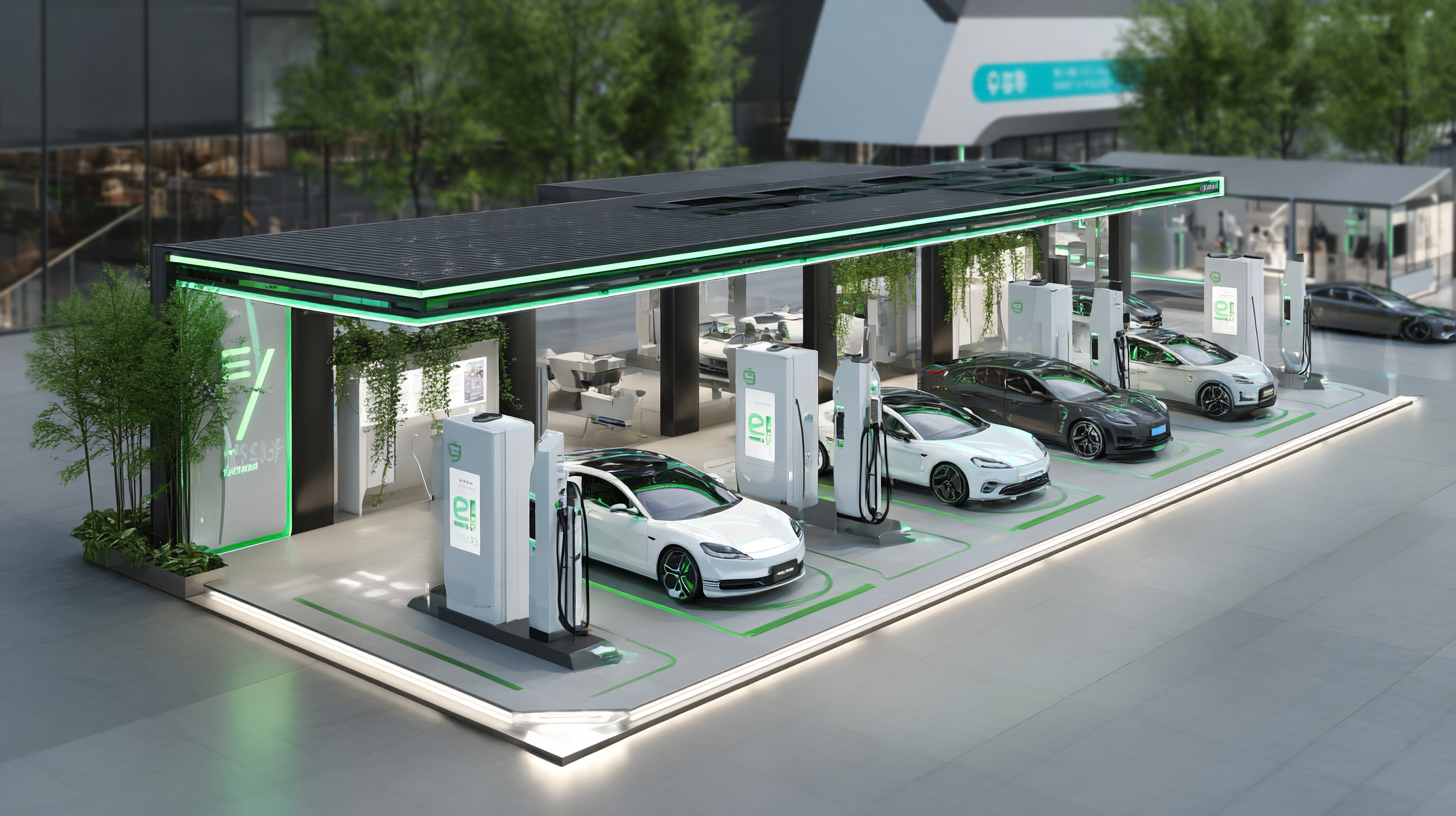
The fair presents an opportunity for stakeholders to explore innovations in EV recharge stations, discuss important advancements in charging technology, and foster collaborations that will drive the future of clean transportation. With an eye on the future, the Canton Fair will serve as a pivotal platform for the electric vehicle industry, addressing challenges and opportunities in the deployment of EV recharge stations and paving the way for a more sustainable automotive landscape.
The Rise of Electric Vehicles and the Need for Recharge Infrastructure
The rise of electric vehicles (EVs) is reshaping the transport landscape, creating an urgent demand for robust recharge infrastructure. Recent reports indicate that the UK's charging infrastructure expanded by an impressive 38% in 2024, adding 20,000 new charge points. This growth underscores a pivotal shift towards a more sustainable future, as cities and nations worldwide race to meet the increasing needs of EV owners. However, despite this progress, challenges remain pervasive. Over half of Americans cite the lack of accessible charging stations as a significant barrier to widespread EV adoption, suggesting that while sales of electric vehicles climb, the supporting infrastructure needs to keep pace to avoid potential consumer frustration.
As the demand for electric vehicles surges, it's vital for stakeholders to prioritize the development of charging networks. Here are a few tips for consumers to navigate the evolving landscape:
1. **Research Charging Options**: Before purchasing an electric vehicle, investigate the availability of charging stations in your area and along your typical routes.
2. **Consider Home Charging**: If possible, install a home charging unit to ensure you have easy access to power without relying solely on public stations.
3. **Stay Informed**: Keep abreast of legislative efforts and infrastructure developments, such as proposed laws to increase charging stations at key locations, to understand how these changes may enhance availability.
Continued investment and innovation in EV charging infrastructure are crucial for supporting the growing acceptance of electric vehicles and ensuring a sustainable transportation future.
Exploring the Future of EV Recharge Stations at the 138th Canton Fair 2025 in China
| Station Location | Number of Charging Points | Charging Speed (kW) | Operational Hours | Estimated Annual Usage (MWh) |
|---|---|---|---|---|
| Guangzhou International Airport | 50 | 120 | 24/7 | 3000 |
| Canton Fair Exhibition Center | 30 | 50 | 8 AM - 8 PM | 1200 |
| Guangdong Science Center | 20 | 75 | 10 AM - 10 PM | 800 |
| Chimelong Paradise | 25 | 100 | 9 AM - 11 PM | 1500 |
| Pazhou Convention and Exhibition Center | 40 | 150 | 24/7 | 6000 |
Innovative Technologies Shaping the Future of EV Recharge Stations
The 138th Canton Fair in 2025 is set to showcase groundbreaking advancements in electric vehicle (EV) recharge station technologies. With the global EV market projected to reach 30 million units by 2030, innovative solutions for charging infrastructure are critical. A recent report from the International Energy Agency (IEA) estimates that the number of public EV charging points must increase exponentially, reaching 20 million globally by 2030 to keep pace with EV adoption. The Canton Fair will provide a platform for industry leaders to introduce smart charging technologies that enhance convenience and efficiency.
One of the most promising innovations is the development of ultra-fast charging stations, capable of delivering up to 350 kW of power, allowing EVs to charge in as little as 15 minutes. Furthermore, advancements in smart grid technology enable seamless integration of renewable energy sources, making EV charging more sustainable. According to a report by Bloomberg New Energy Finance, by 2025, almost half of all global EV sales are expected to be accounted for by battery electric vehicles (BEVs), further necessitating robust and intelligent charging networks.
Innovations showcased at the Canton Fair will set the standard for future EV infrastructure, driving the industry toward greater efficiency and sustainability.
Strategic Partnerships for Expanding EV Charging Networks
As electric vehicles (EVs) continue to gain popularity, the importance of robust charging infrastructures cannot be overstated. At the 138th Canton Fair 2025 in China, the spotlight will be on strategic partnerships aimed at expanding EV charging networks. Collaboration among manufacturers, technology firms, and government entities will play a crucial role in achieving a sustainable ecosystem for EV users. These partnerships can leverage shared resources and expertise, creating more accessible and faster charging options for consumers.
Tips: When exploring partnerships in the EV charging sector, consider integrating innovative technologies such as smart charging solutions that optimize energy use. Establishing clear communication channels among partners will also facilitate the sharing of insights and troubleshooting, ultimately enhancing the user experience.
Moreover, establishing local partnerships can cater to specific regional needs. By engaging local businesses and stakeholders, companies can tailor their charging solutions to fit community preferences and infrastructure capabilities, ensuring higher adoption rates of EV charging stations. Building trust and fostering relationships at platforms like the Canton Fair is essential for driving forward the EV revolution.
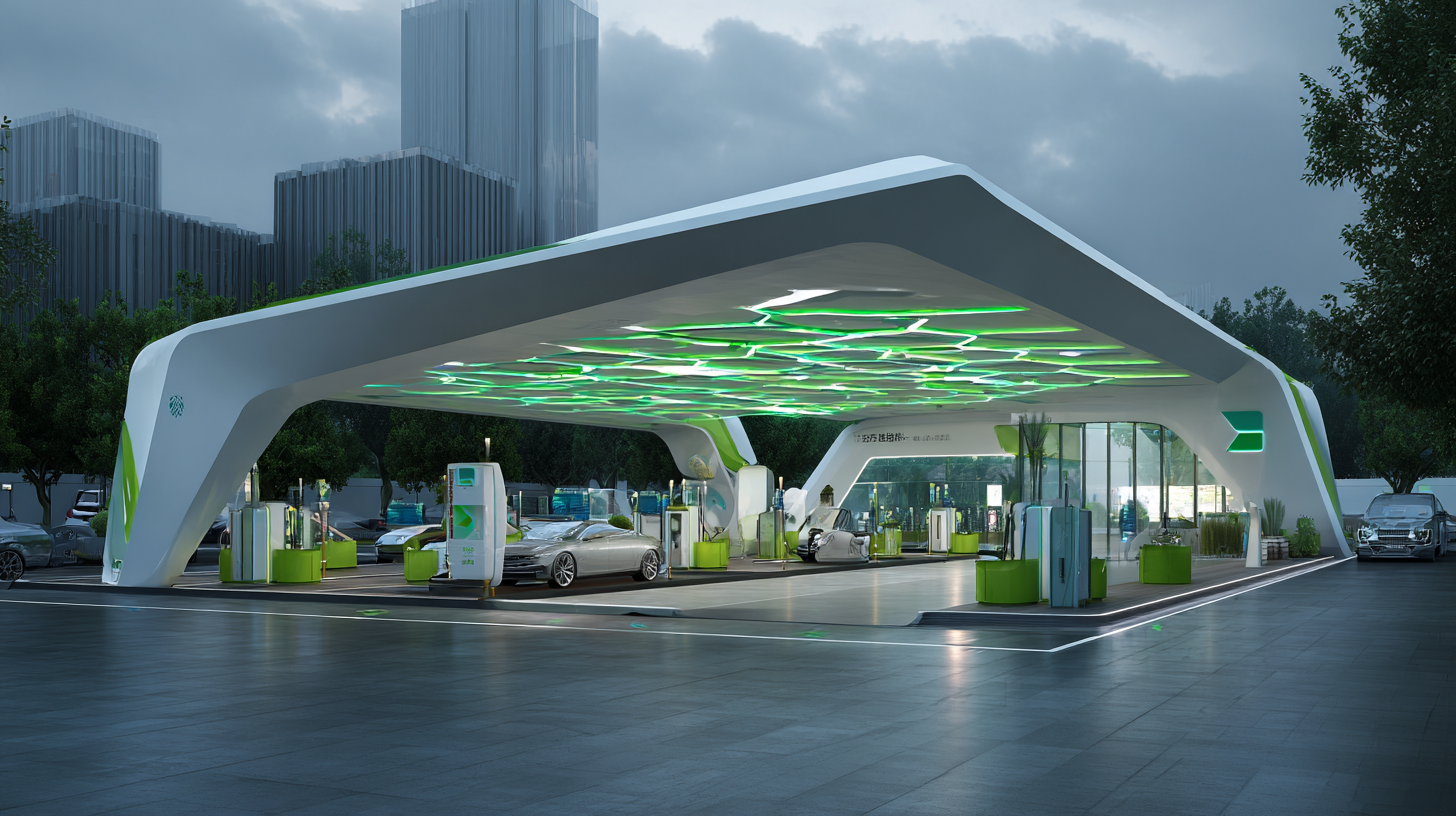
Government Policies and Incentives Supporting EV Infrastructure Development
As the electric vehicle (EV) market continues to expand, government policies play a crucial role in accelerating the development of EV recharge stations. The 138th Canton Fair in 2025 will serve as a platform to showcase innovative approaches and incentives aimed at bolstering EV infrastructure. With the growing emphasis on sustainability, government initiatives such as tax rebates, grants for recharge station installation, and support for research and development are becoming more prevalent, encouraging private sector investment.
In addition to financial incentives, regulatory frameworks are also evolving to facilitate smoother processes for the deployment of charging networks. This includes streamlined permitting processes and the establishment of standards that ensure compatibility and accessibility for users. As stakeholders gather at the Canton Fair to discuss the future of EV charging infrastructure, the importance of collaborative efforts between government and industry will be emphasized. These partnerships are essential for creating a robust and reliable EV ecosystem that meets the needs of consumers while promoting environmentally friendly practices.
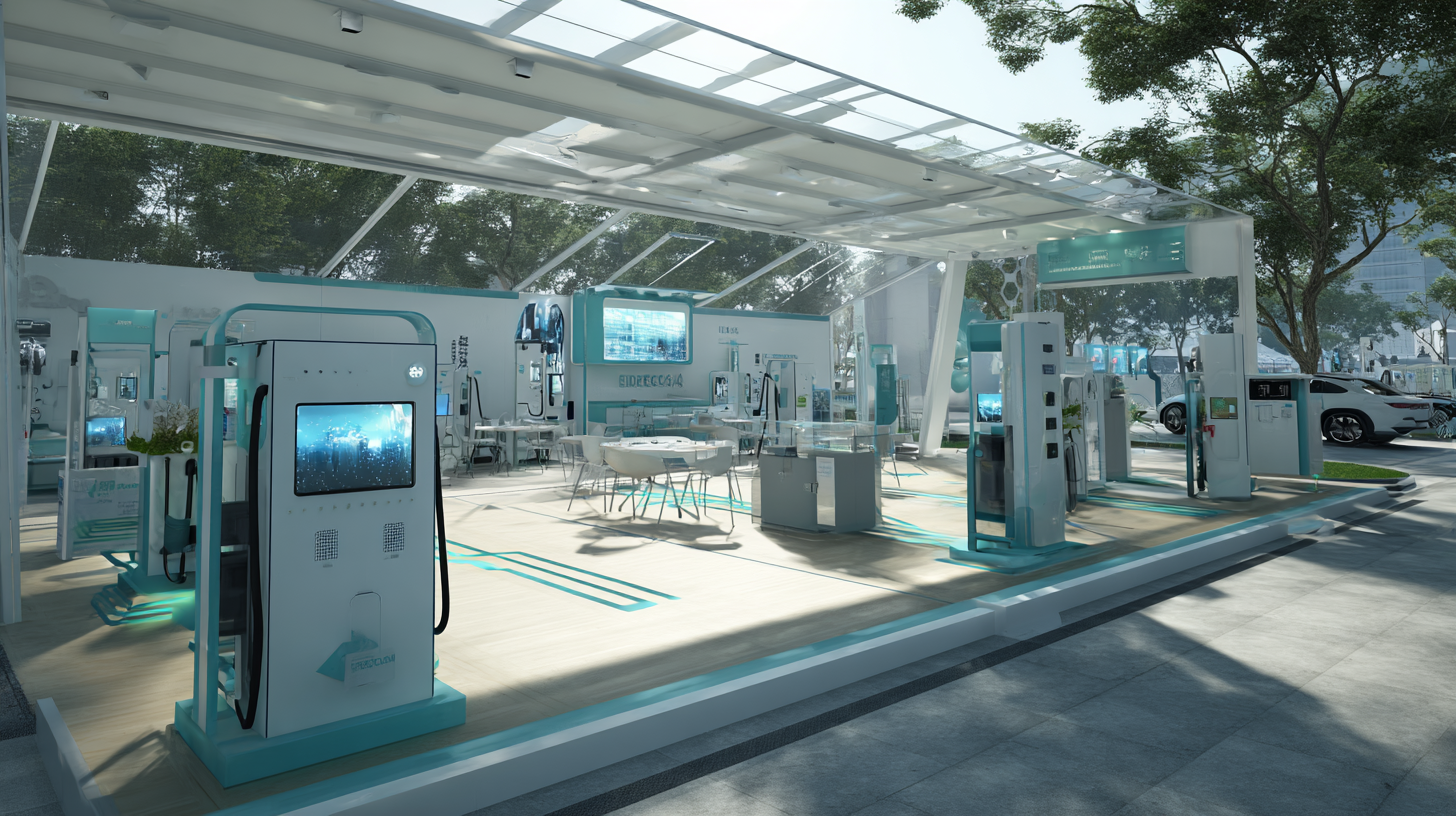
Sustainable Practices in the Design and Operation of Recharge Stations
The future of electric vehicle (EV) recharge stations is increasingly focused on sustainable practices, especially as the global demand for EVs continues to surge. According to a report by the International Energy Agency (IEA), the number of electric cars on the road is expected to reach 145 million by 2030, necessitating the expansion of charging infrastructure. During the 138th Canton Fair in 2025, innovations in the design and operation of recharge stations will showcase how sustainability can be integrated while maintaining efficiency.
Key design features include the use of solar panels to harness renewable energy and smart grids for improved energy management. Reports indicate that implementing solar-powered stations could reduce operational costs by up to 30%. Additionally, incorporating recycled materials in construction could lower the environmental footprint of these facilities.
**Tips:** When considering setting up a recharge station, look for locations that can benefit from solar energy to maximize sustainability. Also, prioritize stations that utilize smart technology for better energy distribution. Engaging with local governments about incentives for green infrastructure can further enhance the viability of your project.
Related Posts
-
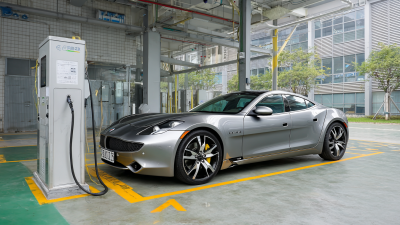
2025 Trends Revealed 7 Key Innovations in Best Ev Charger Technology
-
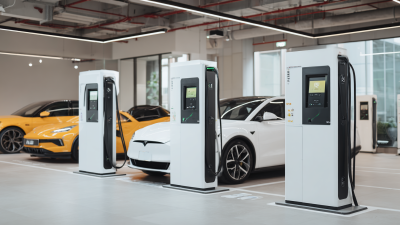
How to Select the Best Ev Recharge Stations for Your Business Needs
-
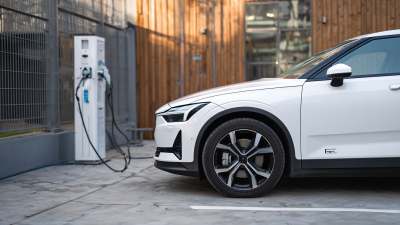
How to Choose the Right Ev Charger Station for Your Electric Vehicle
-

Ultimate Guide to Choosing the Best Ev Fast Charge Station for Your Business
-

7 Ultimate Benefits of Installing an EV Charger Station for Your Business
-
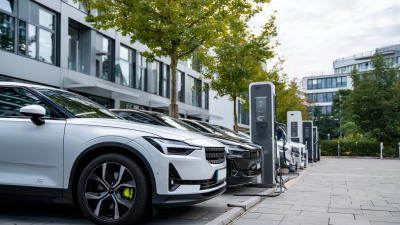
How to Select the Best Ev Charging Station for Your Business Needs

